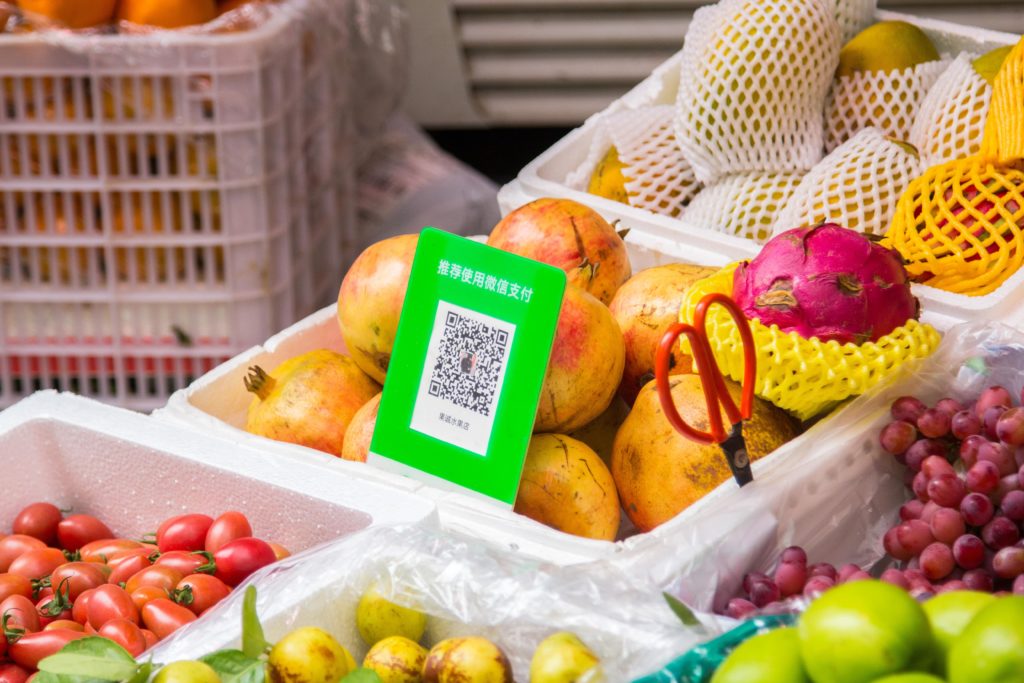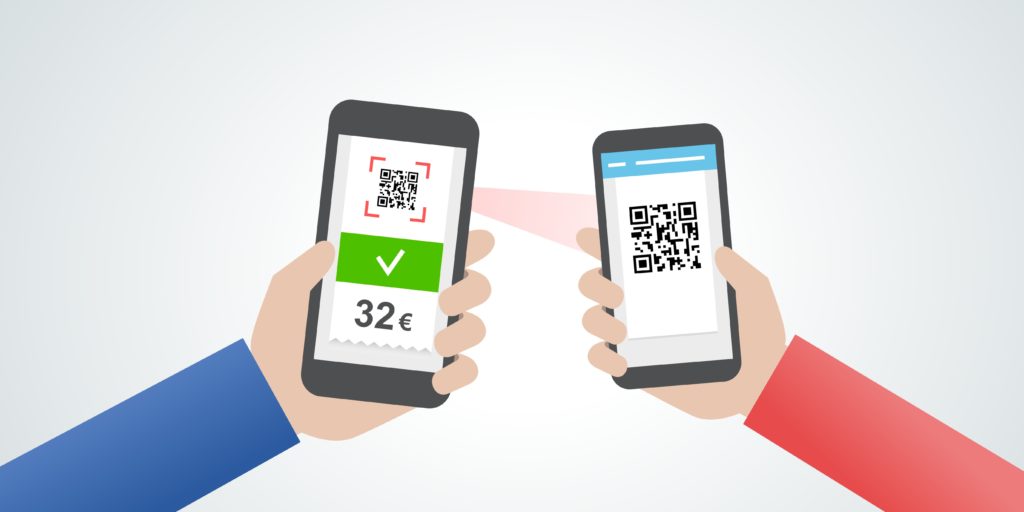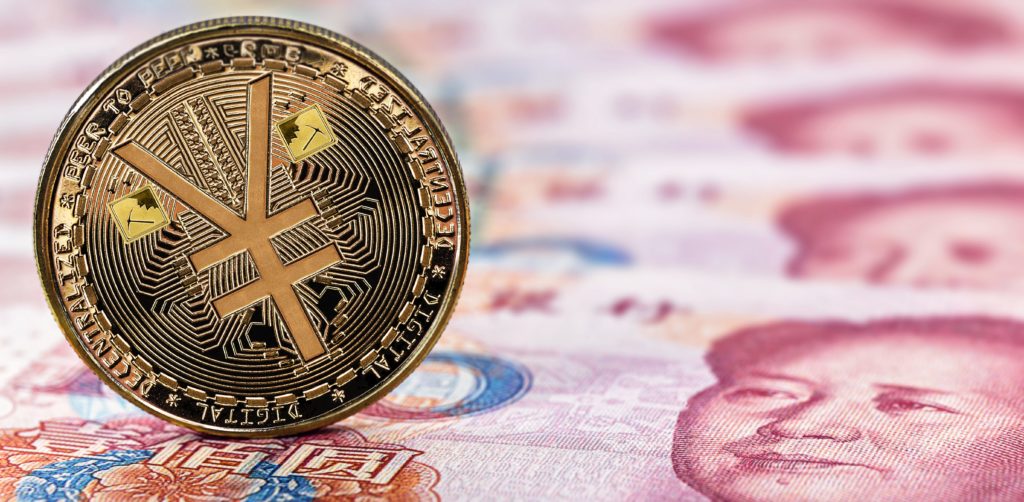At the time of my first trip to China in 2012, like many other major economies, purchasing transactions were processed via cash. Indeed, since continuing my journeys back to China between 2016 and 2019, I started to witness a new cultural phenomenon – mobile payments.

China’s progression in mobile payments

In particular, it was the year 2017 when I noticed the revolutionary technology of online payments. I was staying with my Chinese ‘auntie’ in Beijing and often accompanied her to the market to buy groceries for the week. It was at this small market that I was truly taken back by the advancement of China’s technology compared to the UK.
Instead of having “change baskets” or a form of cash machine in front of the stalls, QR codes were used.
Market traders simply printed their own QR code and displayed this alongside the goods they were selling.
Thus, all customers had to do to pay was to open Alipay or WeChat Pay on their phone, scan the QR code and set the amount to be transferred to the vendors e-wallet.
In the market, there were hundreds of people all using their phones to scan QR codes, and the fact that I hardly saw anyone using cash or cards really caught me by surprise. When I compared this to my home in London, I realised how China was light years ahead in mobile payments.

Although Apple Pay had been launched in the UK, it did not take off on the scale of Alipay or WeChat Pay. It has been only within the last year that I have noticed the use of cash payments declining significantly in the UK.
Returning back to China in 2018, I was keen to see how this phenomenon had advanced. Being a foreigner who had to rely on cash in a somewhat cashless society made life quite difficult. Although foreign travellers can now use Alipay without a Chinese bank card, at the time I did not have access to this option which often caused inconvenience as vendors regularly had no supply of small change.
The simplicity and efficiency of these mobile payments was simply remarkable. China was the first society I had observed embarking on this new trend. From fast food to even paying utility bills, all these transactions could be completed without the need for cash.
The introduction of digital currency
Last year, when I returned to stay with ‘auntie’ and visited the market, mobile payments had become the rule of thumb in society. I started to wonder when all transactions in China would operate cash-free.
This phenomenon has been hitting the headlines recently as China’s Central Bank begun experimenting with digital cash in a handful of cities earlier this year. Shenzhen’s local government handed out 10 million RMB ($1.5 million) of digital money – dubbed Digital Currency Electronic Payment, or DCEP – to 50,000 randomly selected citizens through lucky draws on the currency’s wallet app. This new initiative goes hand-in-hand with existing digital payment services as the digital RMB will be the “money” in WeChat’s and Alipay’s wallet. The roll-out of the digital currency clearly indicates that China is further progressing towards a cashless society.

While Bitcoin is in existence in the West and there are plans for a Digital Euro, the planned Chinese experiment of digital currency raises the bar to another level. It is fair to say that, in the West, knowledge of digital currencies is limited to those in the investment market and who have a good understanding of financial systems.
This is not the case in China. The government and central bank are scaling digital RMB pilot schemes among the general public and some people already receive part of their salary in digital currency. Once again, China has demonstrated that it is one step ahead when it comes to technology.
The debates surrounding the pros and cons of cashless payments and digital currencies are endless. Although, it is more efficient and saves the hassle of carrying around cash, one of the worrying concerns is that older generations and those with limited access to or less adapt at using technology might find it difficult to adapt to this development. In my view, the low level of uptake of digital currencies in the West is more of a result of shortfalls in technology rather than a comprehensive analysis of the pros and cons.
Cashless payments are the future
After witnessing the tremendous growth in the use of online smartphone payments, it would be no surprise if cash transactions will be something of the past in years to come. As such, I’m interested to continue to explore the development of this trend during my future trips to China. Although the push for a digital currency has its benefits, it does also bring to debate the issue of ‘control’. It will therefore be interesting to see how widely digital currency takes off both in China and globally.
Read more about digital currency on Dao Insights:
- Beijing pioneers China’s digital economy with pilot digital trade zone
- 10 million RMB in digital currency set to boost consumption
If you enjoyed this article and want to contribute a piece to Dao, please get in touch with the team at [email protected]









